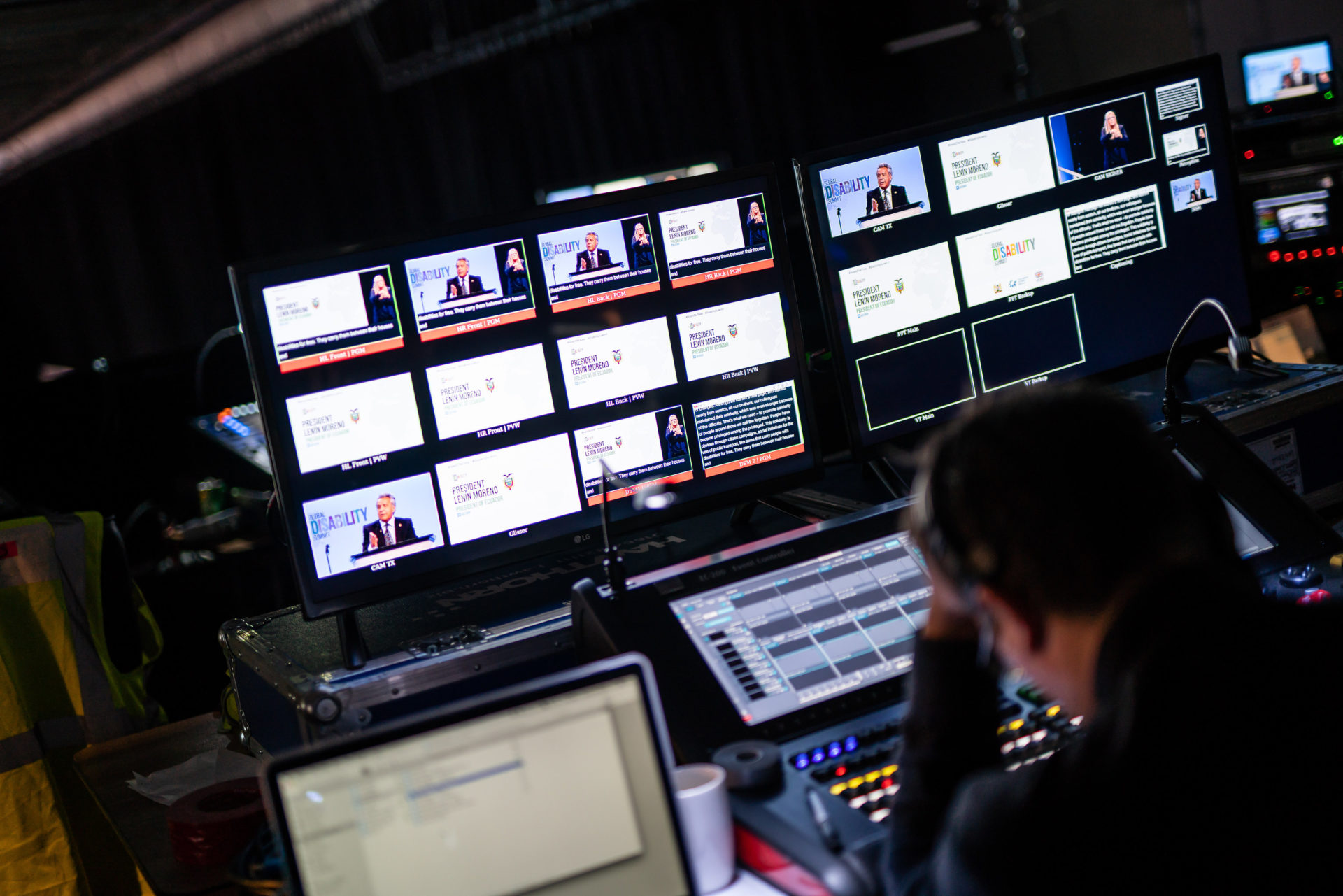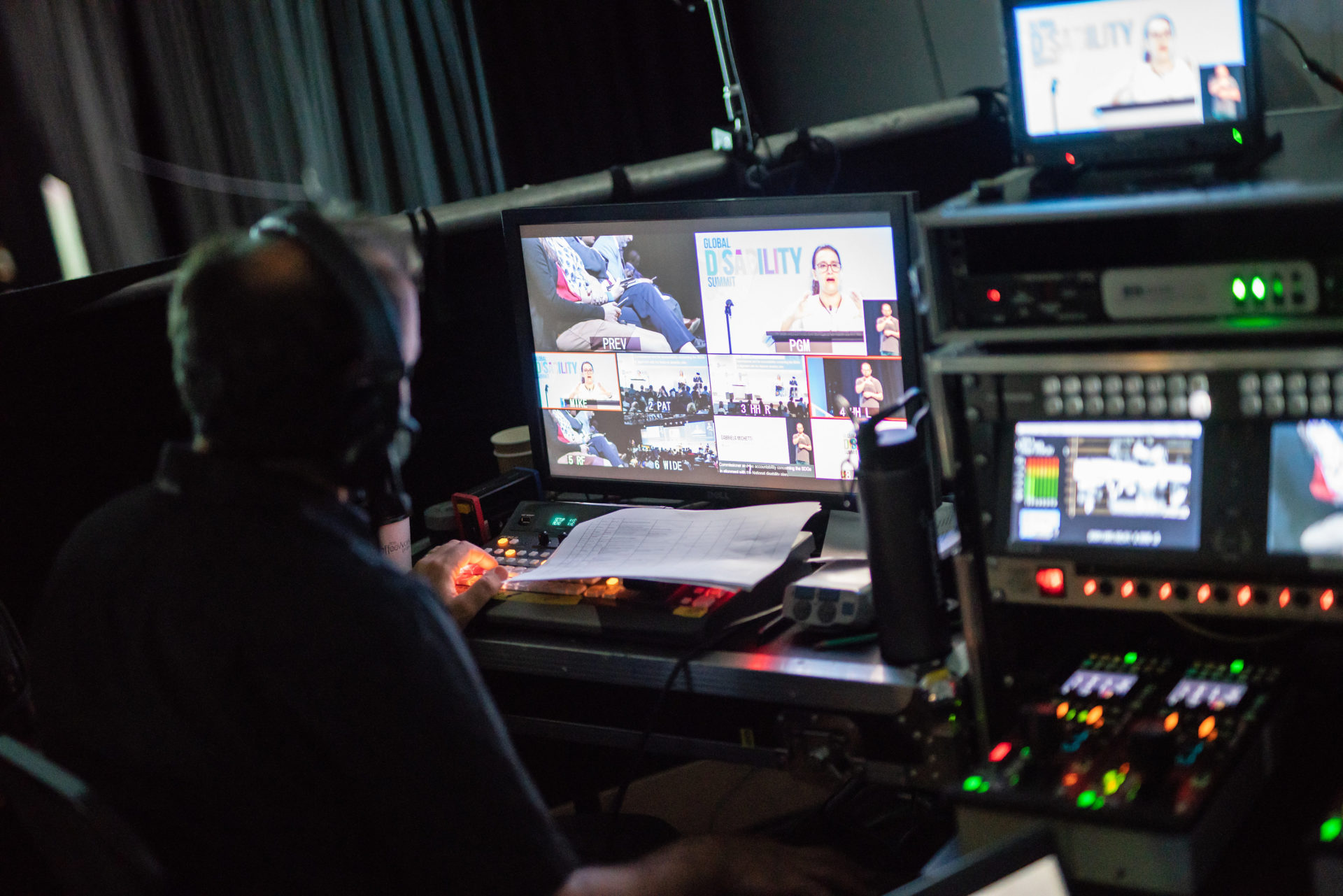
Can you overdo it when incorporating tech into your event?
How to successfully incorporate tech that enhances your event.
Do you ever feel overwhelmed by technology and the vast amount of options out there when it comes to planning an event? The majority of our team are made up of millennials, so there’s a common expectation that we’re a tech savvy group who keep up with all the event tech trends! We also know, however, how important it is not to overdo it and distract from the event and its purpose, rather than enhance it. Here are our thoughts about successfully incorporating tech at your event, and some tips and tricks on how to avoid common mistakes.
Why is it important to embrace technology at events?
- The fast-paced ability of new technology is the reason it’s so often used at events. For example, registration software and guest check-in apps are great ways to reduce queuing time. One we often use is Attendium.
- Using lighting, sound and virtual experiences leave a lasting impression on attendees. Whether you use it to change the mood, highlight a product, or set the pace of an event, it’s a great way to engage audiences without distracting them from the main message.
- Technology at events can be far more sustainable. Just some examples include paperless ticketing, high-quality digital signage and online resources that provide delegates with information rather than handouts.
- Engaging technology such as live response systems encourage active audiences to interact with the host in real time, both easily and anonymously. According to EventMB, there is an 80-90% increase in repeat attendance at events where sessions utilise live response tools. We often use Glisser to do this at our events.
- Post-event online surveys allow you to gather useful insights and communicate with attendees long after the event has taken place. They can also provide ROI analytics, ensuring your next event will be more rewarding than the last.
- Apps can provide an enhanced level of data security, compared to printed handouts and binders which can fall into the wrong hands.
New Event Tech
Disadvantages of using new event tech and tips on how to avoid misusing them.
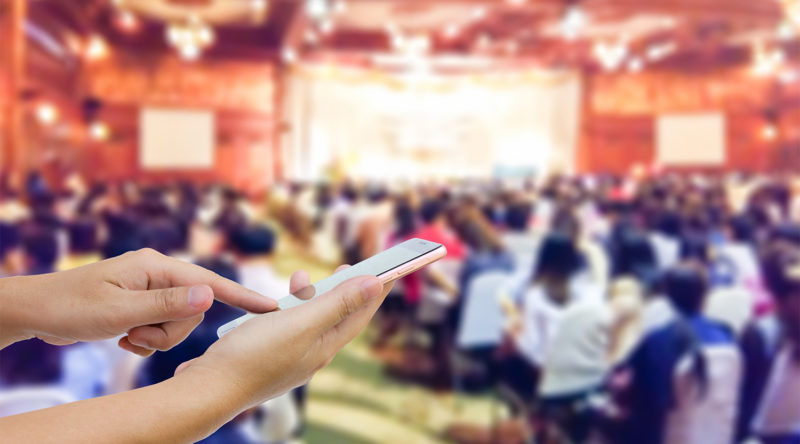
Mobile Meeting Apps
Mobile meeting apps in particular divide the opinion of event planners. On the one hand, they facilitate and enhance the meeting experience and give guests the chance to direct message each other and meet up after the next session. After all, people go to events to build relationships and rich discussion forums encourage this. However, these apps can also cause a failure to engage, because people are very easily distracted by social media and emails. If your guests are glued to their phone, looking at the agenda for the day, slide notes or chatting with guests on forums, it’s very easy for them to lose focus in the live presentation and flip over to different apps and admin tasks. It therefore may be more beneficial to use an app or a URL link that is only necessary to use at certain points of the presentations, such as live polling or a quiz, which builds engagement and on-site excitement rather than distracting attendees.
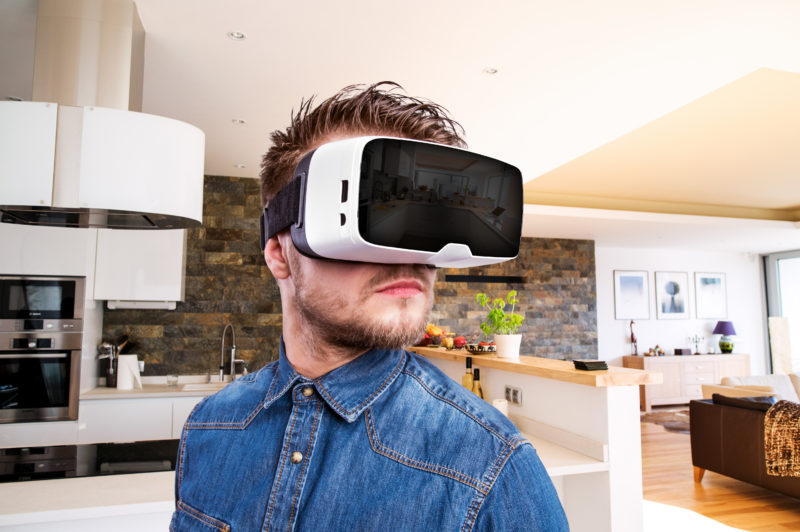
Virtual Reality
The rapidly growing virtual reality market could soon mean that guests will no longer need to physically attend a conference or meeting but instead experience a live event through a VR set. It’s great for people who can’t travel across the country for an event, or for those who would rather sit and watch in their pyjamas with a cup of tea rather than interact with the outside world. However, the main purpose of many events is to bring people together, whether it’s company-wide employees engaging with each other at an internal conference, or delegates networking with other industry professionals. Using Virtual Reality in this way can actually be very isolating and can make it difficult for the user to interact and ask questions to the host. It may be a few more years still until this properly takes off, especially because it requires delegates to own a headset, which are for the most part very expensive. It is definitely worth thinking about, though, and considering whether you would use the tech for one of your events.
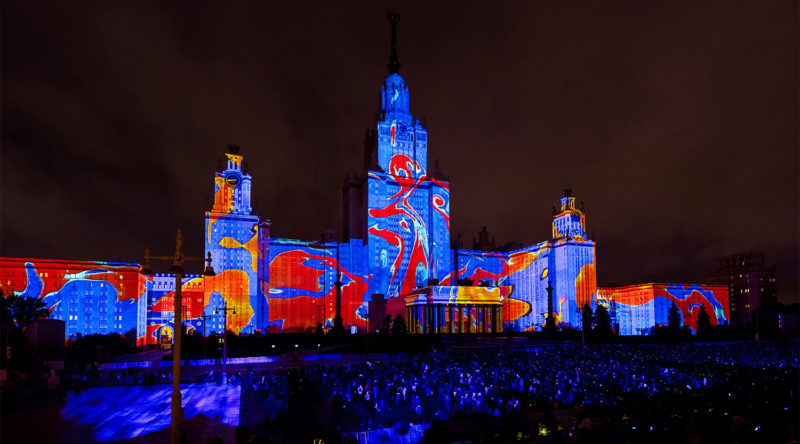
VR/AR and Projection Mapping
Following on from that, it is possible to overdo it when using new technology experiences in your live event. VR/AR (augmented reality) experiences and projection mapping can detrimentally distract delegates rather than engage them. Projection mapping uses technology to project imagery onto a surface, whether that’s by video or image, visually stimulating the audience and transforming the environment of an ordinary venue. It’s easy to get excited about the concept and use it for the sake of it rather than finding a projection effect that is cohesive with your event. Many people focus too strongly on VR/AR and projection mapping and forget the true purpose of their event; you don’t want projection mapping to be the only thing your event is remembered and valued for. Therefore, only use it if you’re certain it won’t distract from your event goals and key message.
Here at Smart Live, we use technologies and innovations to inspire our events rather than distract from them. We enhance our delegates’ experience pre-event, during event and post-event, thus making our events even more interactive and memorable than ever. We know from experience exactly what works and what doesn’t, so if we can help in any way at your next event, please don’t hesitate to get in contact!
